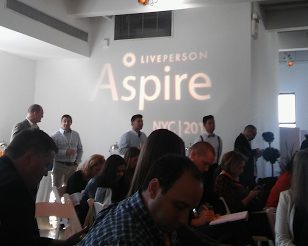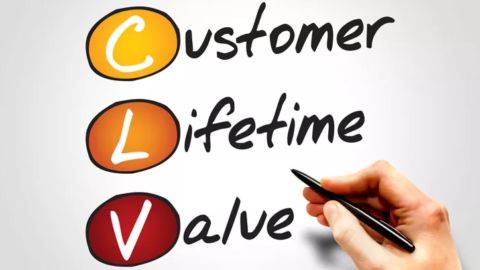 This past week I attended the day-long Aspire event in New York City. The hundreds of attendees were arranged in small groups of eight to 10 people, and the moderator posed one of those ice-breaker questions designed to stimulate conversation: “What would you do if you were given a two-month ‘break’ from your life, with no responsibilities, and money was no object?”
This past week I attended the day-long Aspire event in New York City. The hundreds of attendees were arranged in small groups of eight to 10 people, and the moderator posed one of those ice-breaker questions designed to stimulate conversation: “What would you do if you were given a two-month ‘break’ from your life, with no responsibilities, and money was no object?”
The responses were about what you’d expect — travel, spend uninterrupted time with the kids, play in a band. (Mine was to tour European theaters both old and new — drama geek here!).
{loadposition Giaa}Turns out the two-month time period wasn’t chosen at random. That’s approximately how long each of us spends on hold during our lifetimes. Frankly, given how time stretches when I’m waiting for tech support, I would have thought the total would be even longer.
Advertisement
The event, titled “Hold No More” and sponsored by LivePerson, spent much of its time promoting the virtues of messaging and live chat solutions for brands, very much including retailers (they are LivePerson’s third-largest customer group, after telecom and financial services companies). The point that many presenters made was that the asynchronous, non-real-time nature of messaging returns control over their very precious time to customers, while still providing high levels of support and service.
There are advantages for the brands as well. The asynchronicity factor means that well-trained agents can manage multiple chats at the same time, increasing their productivity. LivePerson CEO Robert LoCascio told me that the costs of handling a call can be up to four times as much as the cost of handling a message.
But there’s more than dollars-and-cents decisions involved. Messaging makes increasing sense because the smart device revolution has turned the nature of customer interactions on its head. For one thing, people use their mobile phones to do almost everything now — except to place phone calls. That’s down at number six among consumer use cases, following functions such as texting, email, taking pictures, accessing social networks and the alarm clock function, according to a survey of 2,000 consumers by taxi app Hailo.
At my workplace, in part because I often work remotely, email and chat are the primary ways I communicate with colleagues and contacts — and I’m sure I’m not unique in this regard.
LoCascio’s point was not only that messaging fits in with current consumer behavior, but, ironically, that exchanging text and images on a screen can foster stronger connections between an agent and a customer than a real-time voice conversation. For one thing, customers can be certain that they’re talking to the same agent they were before, whether it’s been minutes, hours or days since they “spoke” previously.
The centrality of the smart device has even bigger implications for retailers and their relationships with consumers. “People talk about multiple touch points along the shopper journey, but in reality there’s only one touch point — the phone,” said LoCascio.
I believe he was exaggerating just a bit to make his point, but it makes sense. With the ability to synchronize key applications and functions on laptops, tablets and phones, multiple devices are on their way to becoming, in effect, a single person-defining smart device.
That may sound a bit dehumanizing, but here’s another way to look at it: Retailers talk a good game about customer-centricity, but in reality that often translates to tracking shoppers as they move from one retailer-defined touch point (web site, call center, store) to another. The ability to concentrate on the customer’s device, rather than on the retailer’s channel, and to do so throughout the journey — from pre-sale searching to post-sale care — may be the ultimate in customer-centricity.















